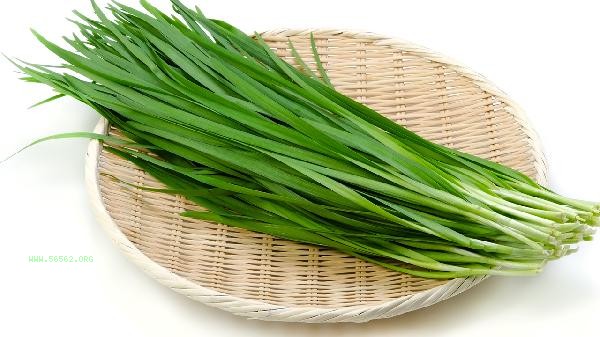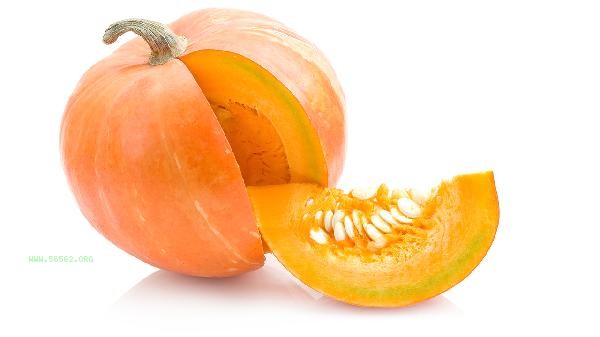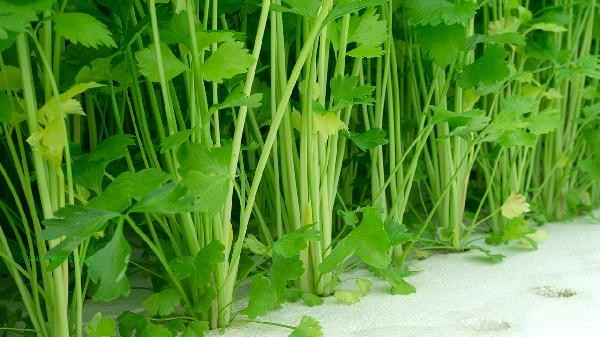Vegetables contaminated with pesticide residues can be treated through methods such as inducing vomiting, drinking plenty of water, seeking medical attention for gastric lavage, drug detoxification, and dietary adjustments. Residual pesticide poisoning may be caused by pesticides such as organophosphates, amino esters, and pyrethroids, often accompanied by symptoms such as nausea, vomiting, dizziness, headache, abdominal pain, and diarrhea.

1. induce vomiting
If accidentally ingested, immediately stimulate the throat to induce vomiting and reduce pesticide absorption. Gently press the base of the tongue with clean fingers or spoon handle to promote the expulsion of stomach contents. Attention: Do not induce vomiting in comatose or convulsive patients. Infants and young children should be operated by professional personnel. After inducing vomiting, rinse your mouth repeatedly with clean water to avoid residue corroding the oral mucosa.
2. Drink plenty of water
Drinking warm water or diluted salt water can accelerate metabolism, and the daily water intake can be appropriately increased. Water can dilute the concentration of pesticides in the gastrointestinal tract and promote the excretion of toxins by the kidneys. When combined with vomiting and diarrhea, oral rehydration salts should be supplemented to avoid electrolyte imbalance caused by dehydration. Drinking water should be consumed in small amounts multiple times to avoid water poisoning caused by excessive consumption at once.
3. Medical treatment for gastric lavage
The best gastric lavage effect is within two hours after poisoning. The hospital will use physiological saline or activated carbon suspension for lavage. Severe poisoning requires repeated flushing with a gastric tube and blood perfusion to remove blood toxins. Heart rate and blood pressure should be monitored before and after gastric lavage, and elderly and children should control the lavage speed to prevent aspiration.

4. Drug detoxification
Organophosphorus poisoning can be antagonized by atropine to counteract acetylcholine, and Chlorpromazine can restore acetylcholinesterase activity. Aminoformate poisoning requires the use of scopolamine, while pyrethroid insecticides are mainly treated symptomatically. All detoxifying drugs must be strictly used according to medical advice, and self adjustment of dosage or mixed medication is prohibited.
5. Diet conditioning
During the recovery period, choose digestible foods such as millet porridge and pumpkin soup, and supplement vitamin C and B vitamins in an appropriate amount. Avoid spicy and high-fat diets, soak vegetables in running water for more than thirty minutes before cooking. Edible foods rich in dietary fiber such as fungus and kelp can assist in detoxification, and vegetables such as chives and spinach that are prone to pesticide residues should be avoided for two weeks.

When purchasing vegetables in daily life, it is recommended to observe whether there are any medicinal spots or odors on the surface. For leafy vegetables, it is recommended to remove the outer layer of leaves. Prioritize choosing local vegetables of the current season, such as cucumbers and eggplants, as skinless consumption is safer. Soak in baking soda water or fruit and vegetable cleaning agents, and focus on cleaning the root and stem depressions when rinsing with running water. Keep it ventilated and dry during storage, as some pesticides may degrade over time. If symptoms of poisoning such as numbness in the lips and blurred vision occur, immediate medical attention should be sought, and pesticide packaging should be carried for targeted treatment by doctors. Individuals who have long-term exposure to pesticides should have their liver function and cholinesterase activity regularly checked.








Comments (0)
Leave a Comment
No comments yet
Be the first to share your thoughts!